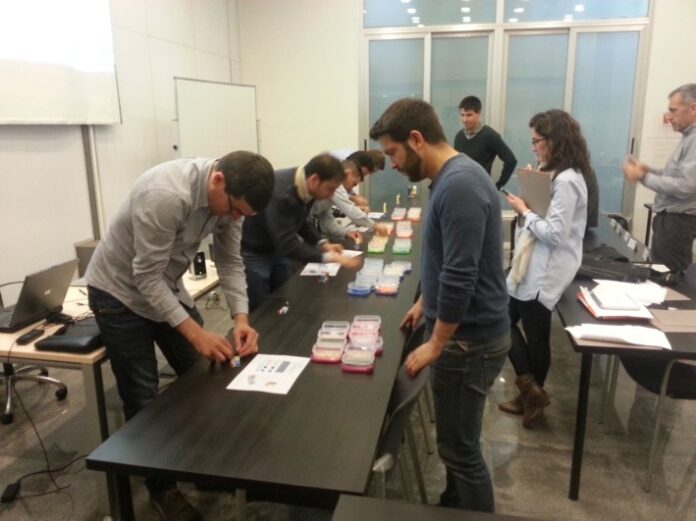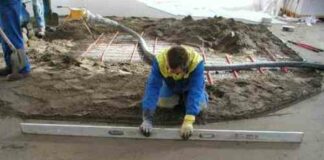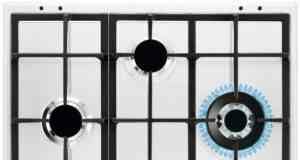The construction industry often lags behind manufacturing in adopting efficient production systems. One key difference lies in workflow: while manufacturing relies on stationary machines and moving products, construction involves stationary products and moving crews. This fundamental shift requires tailored Lean principles to optimize processes. The Flow Building® Lean game, developed by the Think In Lean® Team, addresses this gap by simulating construction with LEGO® bricks, offering a hands-on learning experience for industry professionals.
Зміст
The Core Principles: Pull vs. Push
Traditional construction operates on a “push” system. Large batches of materials and tasks are moved forward regardless of downstream readiness, leading to waste, delays, and quality issues. This is often reinforced by a culture where speed is prioritized over precision: operators are told to “produce faster” without concern for quality control. The result is rework, wasted materials, and ultimately, lower productivity.
The Lean approach flips this model with “pull” production. Instead of pushing work forward, downstream activities signal their needs upstream. This eliminates overproduction and reduces waste. A key tool for implementing pull is Kanban, a visual system for controlling production and material delivery. Kanban minimizes work-in-process inventory, unnecessary transport, and defects.
Achieving Continuous Flow: Balancing the Process
Pull alone isn’t enough; continuous flow is the next step. This means uninterrupted production, where work moves smoothly from one stage to the next without bottlenecks. The Operator Balance Chart (OBC) – also known as a Yamazumi Board – is critical for achieving this.
The OBC visually represents the workload of each subcontractor, comparing it to the takt time – the rate at which work must be completed to meet customer demand. By stacking bars representing individual tasks, the OBC highlights imbalances. This allows for redistributing work to eliminate bottlenecks and maintain a steady pace.
Practical Application: The LEGO® Simulation
The Flow Building® game puts these principles into action. Participants simulate constructing buildings using LEGO® bricks, first experiencing the inefficiencies of a traditional push system, then implementing pull and continuous flow.
The simulation reinforces the importance of:
- 5S: Creating a clean, organized workspace.
- Standardization: Implementing consistent procedures.
- Poka-Yokes: Designing error-proof processes.
- Visual Management: Using clear, real-time indicators.
- Key Performance Indicators (KPIs): Tracking progress and identifying areas for improvement.
From Simulation to Reality
The ultimate goal isn’t just to play a game, but to apply these concepts in real-world construction projects. The next step is moving beyond pull and continuous flow to collaborative planning and pull planning. This involves all stakeholders actively participating in scheduling and resource allocation, ensuring everyone is aligned and working towards a common goal.
The Flow Building® game provides a powerful educational tool, but true Lean construction requires a cultural shift. It’s about empowering teams to identify waste, optimize processes, and deliver projects on time and within budget. The next step to implement a definitive Pull system in construction is Collaborative Planning and Pull Planning. This will be the focus of my next post: Teaching Lean Construction II


























